 Back to selection
Back to selection
2017 in Ten Double Features
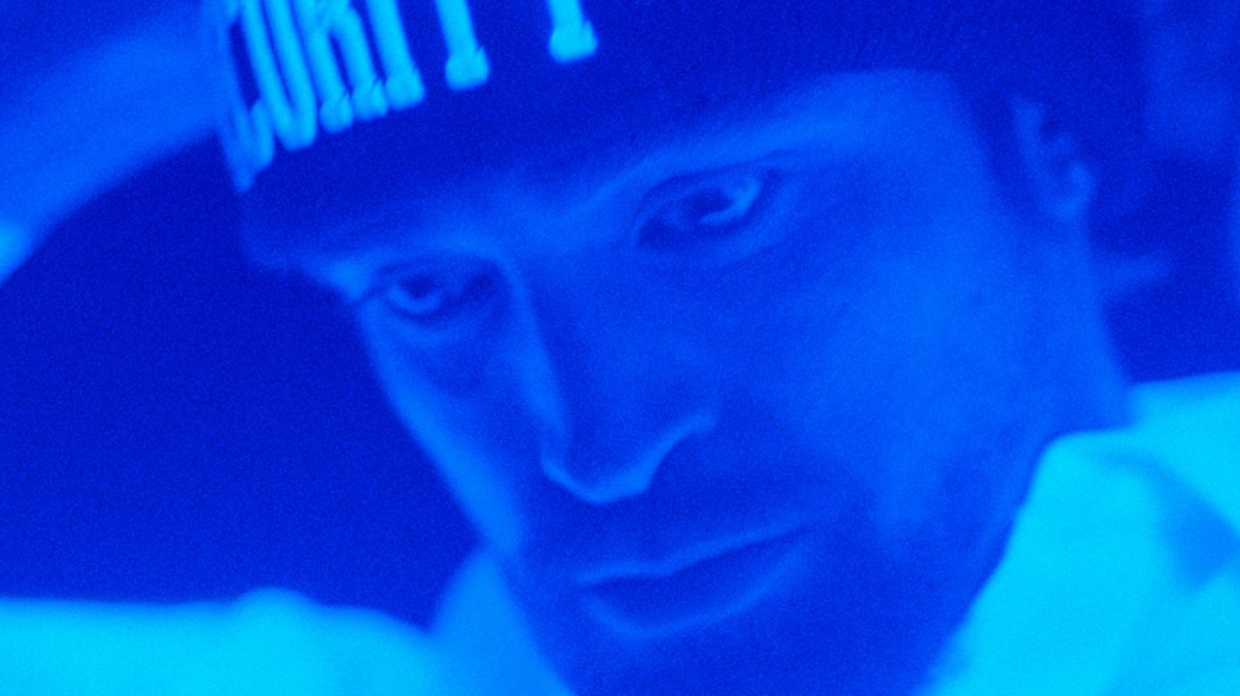 Robert Pattinson in Good Time
Robert Pattinson in Good Time Why not pair, rather than pit against one another, the great films of a given year? This was the question that led me to reconsider the year-end top-10 list in terms of double features. In 2016 and 2015 I ranked my favorite double features of the year on this very site. I love the double bill for its flexibility. You can pair films based on any connective tissue: style, setting, subject matter, theme, time period, director, star. Viewing and thinking about films this way urges you to consider them anew. What do we think of the suburban woes of Lady Bird, for example, when we see the film alongside Step, a documentary about young black women in their senior year of high school? As that example suggests, the double bill is also a useful way to trumpet the year’s lesser-seen films. Love Call Me By Your Name? Consider seeking out Columbus, which shares a few key story elements with Luca Guadagnino’s film but takes them to a wholly different place.
Below you’ll find 10 potential double features from the films of 2017. Binge wisely.

Personal Shopper and A Ghost Story
This double bill unites two slippery, genre-melting depictions of the afterlife. Both films take creaky steps toward horror, only to sidestep the genre wholesale for an amorphous meditation on grief and the passage of time. Personal Shopper finds Kristen Stewart as a woman in search of a sign from her recently deceased twin brother. Stewart soon begins to receive mysterious text messages that may or may not be from her brother Louis. Personal Shopper mines our cultural addiction to cell phones for the purposes of an opaque ghost story. As we watch Stewart go about her day, haunted by her phone, we see much of ourselves on the screen: perennially half in the material world, half at the mercy of the spectral presence in our pocket. David Lowery’s A Ghost Story likewise chronicles the connection between a woman and her dead husband who haunts their house while draped in a white bedsheet. Defiantly not a horror movie, the film uses the icons and narrative devices of horror for its own insular, art-house ends. Lowery, like Olivier Assayas, rattles with ellipses, not exclamation points.
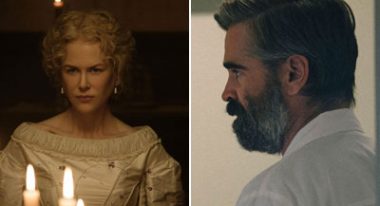
The Beguiled and The Killing of a Sacred Deer
How could you not pair The Beguiled and The Killing of a Sacred Deer, two mind-game dramas starring both Nicole Kidman and Colin Farrell? In the former the two face off in a chamber piece set at an girls’ school in the Civil War-era South. Farrell, a wounded Union soldier, arrives at Kidman’s school and soon disrupts that enclosed universe with his roguish masculinity. A hot-house tension emerges as Farrell exploits the loneliness (and, in the case of the students, the precociousness) of several women under Kidman’s roof. In Sacred Deer, it’s Farrell who has his home disrupted by an insidious outsider. He and Kidman star as an upper-middle-class couple tormented by a young boy with a preternatural power to make their children deathly ill. Like Beguiled, the film takes place in just a few settings – here, the hospital and the family home – and builds to an act of twisted violence. Though directed by two auteurs known for their distinctive visual styles, both films are driven foremost by their performances. It’s Kidman, Farrell and the frightening Barry Keoghan in Sacred Deer that animate these slow-boil thrillers.

Nocturama and The Square
Gorilla-man performance art. “Whip My Hair” terrorism montage. Tourettic museum Q&A. “My Way” drag performance. These are the moments you remember from Nocturama and The Square, two fine examples of what I’d call set-piece cinema. Both films share the same dual M.O.: to deliver outrageous, button-pushing standalone sequences, and to offer unapologetic critiques of contemporary Europe. The films also share similar, icily sleek settings: an upscale fashion mall in one, a modern art museum in the other. Bertrand Bonello directs Nocturama as an exercise in film form. His film shapeshifts from a dialogue-free caper to a perspective-shifting standoff across multiple overlapping timelines. Ruben Östlund likewise plays with the medium through his use of off-screen sound to tantalize (or just weird out) the viewer. Both directors indulge in formalist games to showcase their prized set pieces. These scenes provoke and titillate; you could just as easily ponder them in an art gallery as you could stream them on YouTube while stoned. Östlund and Bonello share a cinema that borders on trolling. The very premise of Nocturama is for many a scandal, while the set-pieces of The Square seem calibrated to offend. Both directors share the same impulse: to make us laugh and question our social structures.

Risk and The Rape of Recy Taylor
In 2017 we faced the inauguration of our most embarrassing president, our deadliest mass shooting and, among other stories, a wave of sexual assault and harassment revelations. No doubt we’ll see studios grapple with that last story in the years to come. This past year, we saw at least two sobering documentaries made by women about sexual assault. Laura Poitras began filming Risk in 2010 as a supporter of Julian Assange and WikiLeaks. Over time, her film became upended by the sexual assault allegations made against Assange and Jacob Appelbaum, another of the film’s subjects. Assange does himself no favors in Risk; in one remarkable scene, he dismisses the allegations as part of a “radical feminist conspiracy.” Risk is a truly urgent document: a sum of all our political, technological, and sexual fears in 2017. Nancy Buirski’s The Rape of Recy Taylor focuses on a single rape case in 1944 and the advocacy efforts it spawned. The film highlights the challenges women faced (and continue to face) when they speak up against their attackers. Like Risk, it’s a female-directed documentary with accidental, deeply unsettling resonance in 2017.

Manifesto and Faces Places
Artistic creation – both theory and practice – unites these two features. Manifesto is a 13-screen art-installation-turned-feature-film from artist Julian Rosefeldt. The installation ran at New York’s Park Avenue Armory, and it remains perhaps the most galvanizing work of art I saw in 2017. This film converts that 13-screen sensory wonder into a 90-minute whirlwind on the manifestos behind stridentism, pop art and other artistic movements. As performed by Cate Blanchett, this manifesto mixtape becomes a clarion call to create. Where Manifesto trades in theory, Faces Places relishes the joys of making art in the world today. The film is a meeting of the minds between Agnès Varda and JR, who plays the young whippersnapper to Varda’s elder stateswoman. Together, they travel France to create large-format photo murals in rural settings and factories. Their creations honor the people who live and work in these spaces; they enliven, inspire and bring joy. A wordy term paper and a freewheeling art project, Manifesto and Faces Places represent two sides of the same coin. They aspire to get you off your ass and back to making art. To quote Blanchett quoting Richard Huelsenbeck in Manifesto, “To sit in a chair – for a single moment – is to risk one’s life.”
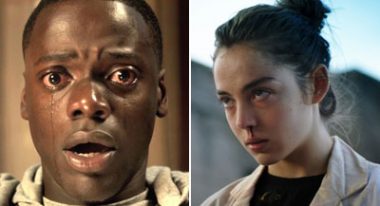
Raw and Get Out
The year gave us two richly symbolic horror films from first-time directors. In many ways, Get Out was the clear movie of 2017: a critical and box-office sensation that continues to inspire as many debates as it does memes and gifs. Movies of the moment don’t hit much harder than this one. Get Out simply works on so many levels: aggressive audit of race relations, cathartic wish-fulfillment fantasy, tonal triumph that enrages and entertains with equal aplomb. It’s also funnier than hell. Some resistance cinema leaves you feeling helpless; Jordan Peele’s gives you the fuel to take to the streets. Julia Ducournau’s Raw similarly smuggles personal ideas into the framework of a horror movie. Where Peele turned a Meet the Parents meets The Stepford Wives premise into an attack on white liberal America, Ducournau mashes up a new-kid-at-school movie with cannibal horror to capture the primal urges of a young woman coming of age. Her film delivers the ghastly goods as it explores ideas that even the densest genre lover couldn’t ignore. Both films mark the arrival of a writer/director who can employ horror for uniquely disquieting ends.
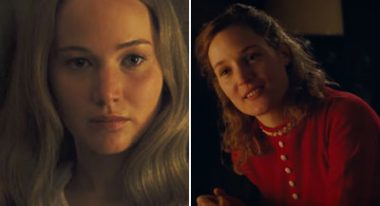
Phantom Thread and mother!
A domineering male artist lords over his much younger wife in a dark chamber comedy set largely within a single home: unflattering logline for mother! or Phantom Thread? The former gave us 2017’s greatest cinema scandal: an audience-abusing, often juvenile multi-allegory inexplicably unleashed on more than 2,000 theaters. Darren Aronofsky here does his best Lars von Trier impression, putting Jennifer Lawrence through the wringer to illustrate the misogynistic world around her. Many won’t find any reason to stomach this particular assault. At the very least, mother! is a funhouse curiosity that will beguile masochistic cinephiles for years to come. As graceful as mother! is graceless, Phantom Thread arrives at a far less cynical conclusion to the problem of romantic love. Where the former depicts love as a rinse-and-repeat cycle with interchangeable young partners, Paul Thomas Anderson’s film lays out an argument for how to make love last (hint: kink). His film approaches a relationship’s devolution as a philosophical dilemma worth solving. He also derives far less glee from making his female lead (and the viewer) suffer. The romantic spark remains, he argues, when the power dynamics within the couple shift over time. Phantom Thread tells us how to make love last; mother! tells us, petulantly, why it doesn’t.

Call Me By Your Name and Columbus
This double bill illuminates most by how its two films differ. In both, an adult man arrives in a small town for a brief period and forms a connection with a teenager. From there, Call Me By Your Name plunges into a romance set amidst the Italian countryside. Every element here holds some sensuous allure: the food, the buildings, the bodies. The bond between the two leads develops slowly, after much circling around one another, with a constant visual emphasis on their lush surroundings. Once the romance emerges, its characters (and the film) dive into it with the abandon of not-yet-jaded young lovers. With a major assist from Sufjan Stevens, Luca Guadagnino aims to leave us in a puddle of pure emotional indulgence. Columbus, from video essayist Kogonada, takes a markedly different approach. His leads debate architecture much like the characters in Call Me By Your Name discuss sculpture and music. Art helps form their bond, which is much harder to define than a summer romance (the older lead dismisses that idea in a single line: “First of all, she’s way too young”). Columbus prizes restraint, simplicity and quiet meditation where Call Me By Your Name is all sensuous energy. In tandem, they render lovingly the different paths we take when we connect with someone new.
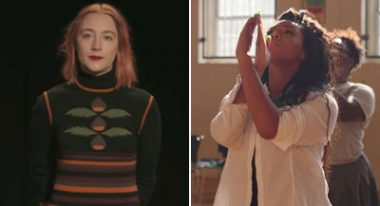
Lady Bird and Step
“New York is the place to be.”
“My mother is annoying.”
“When the money’s not in place, everything else is like downhill.”
The above lines are spoken by the daughters and mothers of Step, Amanda Lipitz’s triumphant documentary on a Baltimore step team’s senior year in high school. They could, of course, also come from the women of Lady Bird. Both films chart the universal tumults of high school’s final year: admissions counselors, tuition anxieties, acceptance letters, unsupportive boyfriends, theater and dance practices. The families of Lady Bird and Step are all working class, and they all contain delicate mother-daughter relationships rendered with care by their directors. Together, the films offer a striking depiction of the white and black experience in America. As artistically-inclined high school seniors, these young women are in many ways identical except for a key difference: one attends a nearly all-white school in Sacramento, the others a nearly all-black school in Baltimore. The women of Step carry all the same burdens as Lady Bird, only they must also face – among other things – the then-recent death of Freddie Gray and its aftermath. The contrast is sobering, yet both films remain feel-good at their core. Greta Gerwig basks in nostalgic reverie where Lipitz showcases the thrills of a step contest. The films form an almost too-perfect double feature: two irresistible portraits of the great transitional year of one’s youth.
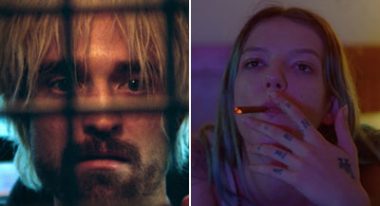
Good Time and The Florida Project
Who will survive in America? Gil Scott-Heron asked us this question 47 years ago; Kanye sampled it back into our consciousness in 2010. We get an answer of sorts in Good Time and The Florida Project, two street-level portraits of life at the margins in this country. The America of these films is a frightening place – a nation maimed by racial and income inequality. Both are singular aesthetic triumphs shot on 35mm, and both mask fierce critiques of American life behind exhilarating entertainment value. In Good Time we see the forces of white privilege at work after two white men rob a bank wearing masks disguising them as black men. The chief criminal (Robert Pattinson) escapes capture by exploiting a number of working-class black immigrants. The film plays like a neon-smeared nightmare, its narrative drive so ferocious that it’s easy to miss the racial and economic dynamics at work. Likewise, The Florida Project approaches income inequality from such an oblique angle that one could never deem it an “issue picture.” The action takes place within the tacky runoff surrounding Disney World: a land of strip malls, novelty fast food joints and motels for the nearly homeless. A different director would smash cut between the millions spent at Disney and the abject poverty of those who live next door. Sean Baker, though, leaves the wealth off screen; his film zeroes in on the pleasures of childhood, when one’s imagination can transcend, to a degree, the limitations of poverty. The point he’s making is miserable, even if the film itself effuses joy. Good Time and The Florida Project find the aesthetic beauty in a nation at war with itself – the former through Sean Price Williams’s grit-clinging close-ups, the latter through Alexis Zabe’s long-shot tableaux of gaudy Americana. In their shrewd way, these filmmakers tell us who’s least likely to survive in America: the poor and people of color. Here we find our country’s most troubling traits as diagnosed by two essential voices of American indie film.
